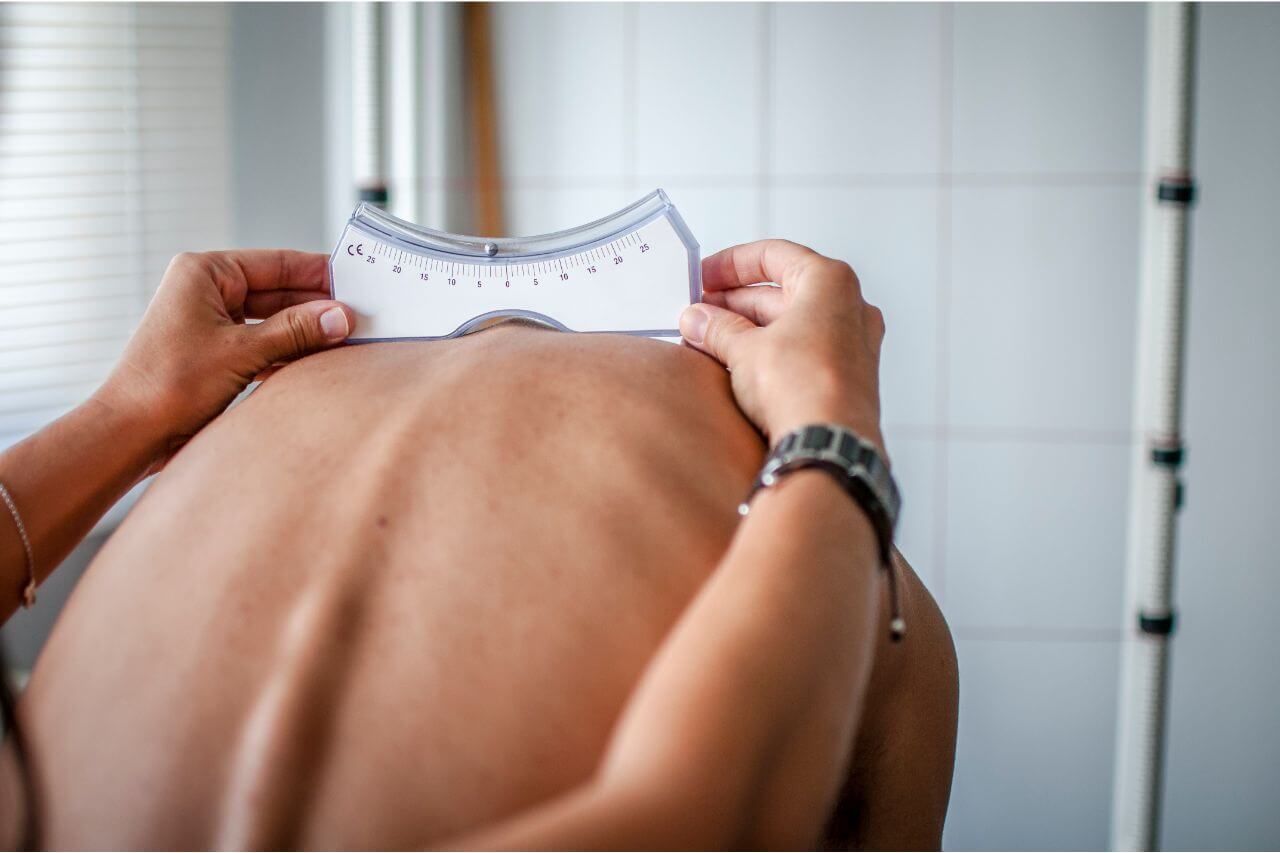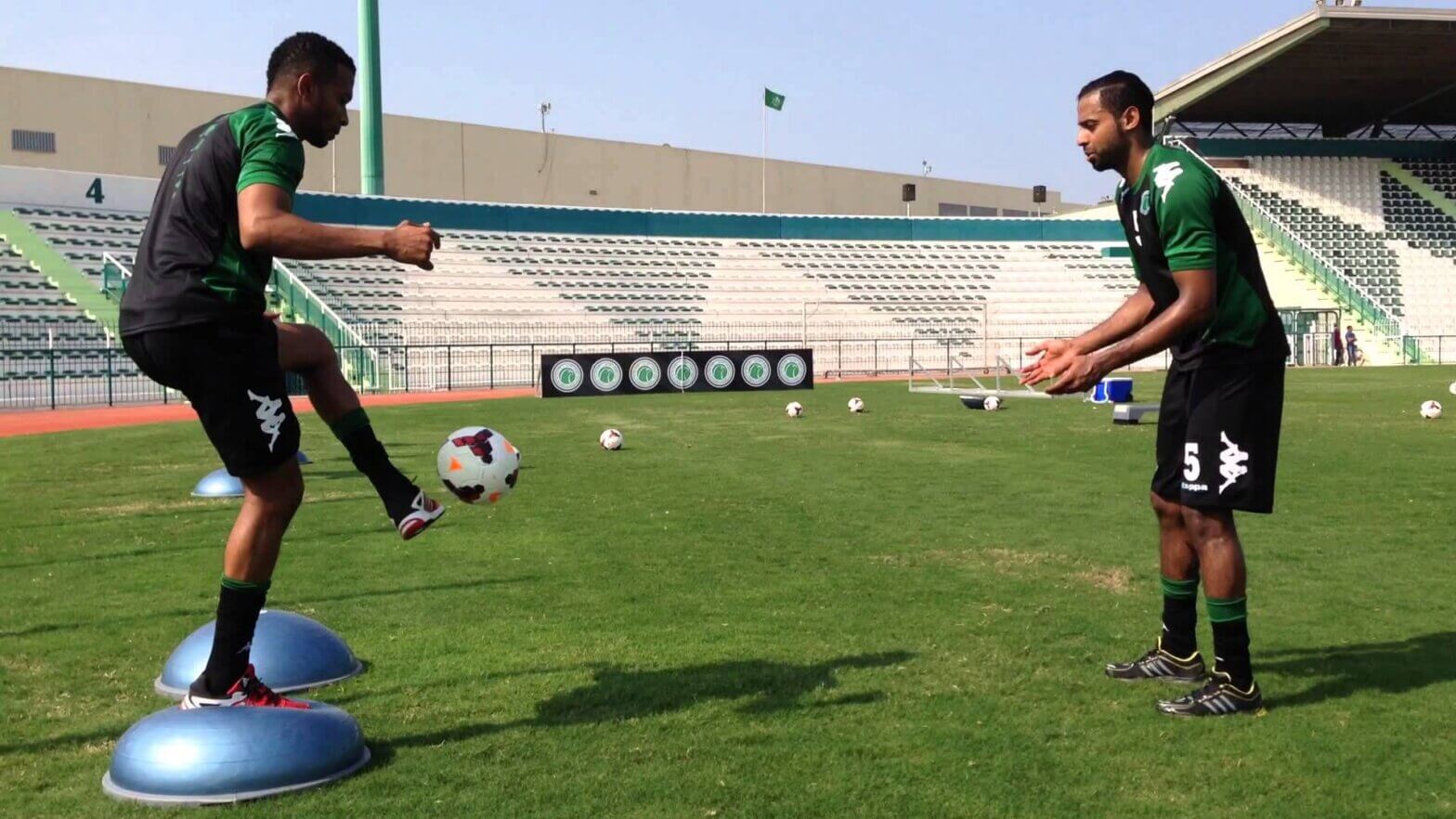Scoliosis is an abnormal condition of the spine that many people have heard of and are familiar with, but how much do you actually know about it? Read below to identify common misconceptions about scoliosis and uncover the truth regarding its causes, presentation, and treatment options!
Scoliosis is typically diagnosed before the age of 18.
Fact: Development of scoliosis is most common between the ages of 10-18 years old. Overall, scoliosis affects about 2-3% of the US population.
Scoliosis is just a lateral curve of the spine.
Fiction: Although the degree of curvature is measured by the lateral curve, scoliosis is actually a three-dimensional condition that occurs in three planes (coronal, sagittal, and axial) causing both abnormal lateral curvature and rotation of the spine.
The spine does not have curves unless scoliosis is present.
Fiction: The spine naturally has five curves! There are 4 sections of the spine, with the cervical spine being the highest level closest to the head, followed by the thoracic, lumbar, and sacral regions. There are 2 naturally occurring curves in the cervical spine, and one each at the thoracic, lumbar, and sacral levels.
Scoliosis is caused by carrying heavy backpacks or sleeping on your side.
Fiction: Neither of these scenarios have been proven to cause scoliosis. Causes of scoliosis can be categorized into the following: congenital, neuromuscular, and idiopathic.
- Congenital: Defects or malformation of the vertebrae that occurs as an embryo, causing scoliosis at birth
- Neuromuscular: Scoliosis that is caused by a neurological/muscular disease or condition such as cerebral palsy, muscular dystrophy, and spina bifida
- Idiopathic: When there is no known cause of scoliosis. This makes up the majority of all cases of scoliosis.
Early stages of scoliosis typically do not present with signs or symptoms.
Fact: A person is considered to have scoliosis if there is greater than 10 degrees of lateral curvature of the spine as determined by X-ray. At such a small curve size, signs and symptoms are unlikely. However, as the curve progresses, it can affect the muscles and joints, posture, and movement. This may present as abnormalities such as uneven shoulder, hip, or waist height, or protruding shoulder blades or rib cage.
Scoliosis can only be treated with a back brace or surgery.
Fiction: Treatment for scoliosis will depend on the severity of the curve, but the vast majority of individuals with scoliosis have mild curves that can be treated conservatively or will not require treatment at all. In more moderate to severe cases, bracing or surgery may be necessary.
Physical therapy is an effective conservative treatment option for scoliosis.
Fact: Physical therapy can help to slow the progression of scoliosis and decrease signs and symptoms associated with the condition. This can be achieved through a number of treatments including: range of motion and stretching exercises to maintain or improve mobility, strengthening exercises to address muscles surrounding the spine and other affected areas, manual therapy to improve joint motion and decrease muscle tension, and modalities (such as heat, ice, and electrical stimulation) for pain management. A physical therapist can develop a personalized treatment plan to meet your specific needs.
If you have scoliosis and are looking for relief from aggravating and limiting symptoms associated with the condition, call Respire Physical Therapy at (703) 671-1871 or click here to schedule your initial evaluation today!
Tags: conservative treatment, arlingtonva, alexandriava, Back Pain Relief, springfieldva, fallschurchva, Physical Therapy, Respire Physical Therapy, annandaleva, physical therapist, scoliosis, spine awareness, Low Back Pain



